News
- Three new PhD students are commening in S1 2021
- Rajib Rana has been awarded the Highly competitive Advance Queensland Mid-Career Industry Fellowship, 2020
- Siddique Latif has been awarded the ISCA travel grant to attend Interspeech 2019 in Graz, Austria 2019
- Rajib Rana has been awarded the Australia-China Young Scientist Exchange Fellowship, which has been awarded to only 16 outstanding researchers in 2019
- Paper accepted in INTERSPEECH (ERA A, H-Index 57) 2019: Direct Modelling of Speech Emotion from Raw Speech
- Rajib Rana has been chosen by Australian Institute of Policy and Science as one of Queensland's most outstanding scientists for achievements in the area of scientific research and communication.
- Rajib Rana received Prestigious Advance Queensland Fellowship to develop a relapse prediction from Mood
- The IoT-Health program receives USQ strategic funds to purchase a High-Performance Computer.
- The IoT-Health program starts a new collaboration with Hospitals in Metro North Mental Health includes Royal Brisbane Women’s hospital and Prince Charles Hospital.
- Siddique Latif joins IoT-Health program
- Ahsan Rossy joins IoT-Health program
- Thejan Rajapakshe joins IoT-Health program
- Shezan Haque joins IoT-Health program
Research
| Deep Learning Neural Networks | Unsupervised Representation Learning | Audio Signal Processing | Adversarial Machine Learning |
| Affective Computing | Re-enforcement Learning | Embedded Computing | Emotional Speech Generation |
| Domain Adaptation |
In my group, you will have access to high-performance GPU nodes: 33 in total, 11 nodes with 4xP100, and 22 nodes with 2xV100 available via SLURM. Also, you will get access to source codes and help from the senior students. I also thrive to provide students a career pathway - I bring them to my industry collaborators, providing Internship opportunities. We are also planning to have a spin-off startup from USQ, which might create many opportunities. In all, the students are being looked after :).
In my research program, everybody is passionate about research and are very self-driven. They publish 5-6 technical papers (current norm is to publish in #1 and #2 below) during PhD and do a thesis by publication. This helps them to avoid the process of writing the conventional thesis. In the thesis by publications, usually, the papers become the chapters of your thesis. This gives you a high credibility push - which makes the thesis examination really simple and straight forward.
- Transaction on Affective Computing (Published in 2019 and 2020)
- The IEEE/ACM Transactions on Audio, Speech, and Language Processing
- Strong research profile in the listed research areas
- Strong software engineering skills in Deep Learning/Machine Learning
Projects
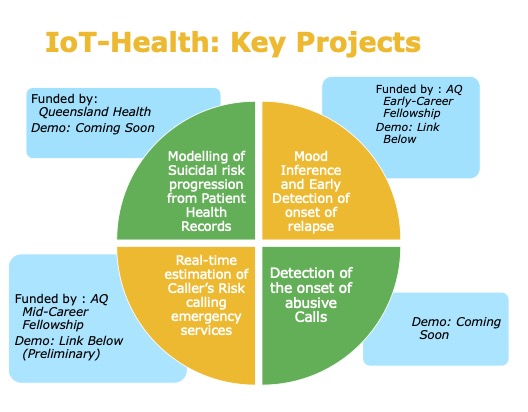
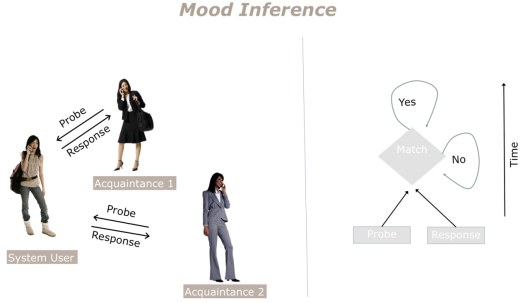
Mood Inference from Spontanoeus Speech
This project aims to infer mood from "phone conversation" without any human intervention. Deep Learning Neural Networks will be the core of this development, with a major focus on "robust" computing.
This project has great commercial value and is central to many projects being developed in this lab. A completely novel method is being developed, which will determine mood from speech - one of the most important affective displays.
This is the demo of our speech based emotion detection system developed as a smartphone app. This shows three screens 1. Algorithm output of Real time emotion assessment 2. The app interface 3. Youtube videos/audios with various emotions. Currently we can detect four affective events: laughter, cry, sadness and anger model with an accuracy of 98% where the current state of the art is around 72%. We will then develop algorithms to model the correlation of various patterns of affective events with mood (positive, negative or neutral) Laughter, Cry, Angry, Neutral) .
Real-time estimation of caller's risk calling emergency services
Queensland has the highest rates of suicide per-capita in Australia. Due to COVID-19 pandemic, suicide rates could surge by up to 50% this year. There are emergency helplines for people having suicidal ideation to seek help. Ironically, a third of the calls made to the helplines are hoaxes, which can cost lives taking vital resources away from someone in need. This project will develop Artificial Intelligence algorithms that can automatically determine caller's distress, which is strongly linked to suicidal ideation and attempts. The algorithms will determine distress in real-time by detecting the physiological changes in speech caused by distress. While the caller is speaking to emergency services, the call will also be routed to the cloud server, where the algorithms determine the distress level. First, the caller's voice is isolated, then aspects/features of speech that represents distress are extracted from the audio stream and are passed onto the distress classifier, which outputs the distress level in the range [0-10] (0: no, 10: highest, distress). The distress level is calculated at a regular interval during the call and displayed to the call taker as dynamic graphs on a webpage. The call taker then responds to the caller incorporating their distress levels.
We have developed an end-to-end system, which takes call audio as input and outputs the probability of containing suicidal content on a web interface. To maximise the portability of the end-to-end system, we have developed it as APIs: front-end API and ML/backend API. The front-end API takes a call and does the pre-processing before passing it onto the ML API, which determines the suicidality in the audio. The ML API then passes the outcome onto the Front-end API, which displays the outcome on the user interface. These APIs are highly portable and can be called from any platform, including phones, smartphones, webpages, etc.
Detection of onset of abusive calls
As many as 36 per cent of call centre agents have been threatened with violence, while customers have sexually harassed 21 per cent of female call centre agents. Currently, there is no system to detect the abusive behaviour of the customers during the call, and often agents do not disclose as they perceive it their duty to operate despite those abusive treatments. However, this can cause stress, anxiety and a reduction of productivity, leading to a very high turnover. We aim to develop algorithms to detect the onset of abusive behaviour during calls to customer care. This can alert the call takers early, improving their preparedness to use effective de-escalation techniques and service protocols.
Modelling of Suicide Risk Progression from Patinet Health Record
This project uses clinical models to estimate a patient's journey from suicide ideation to behaviour/action using the patient's health record data.
Funding



Team
Lead of the Program
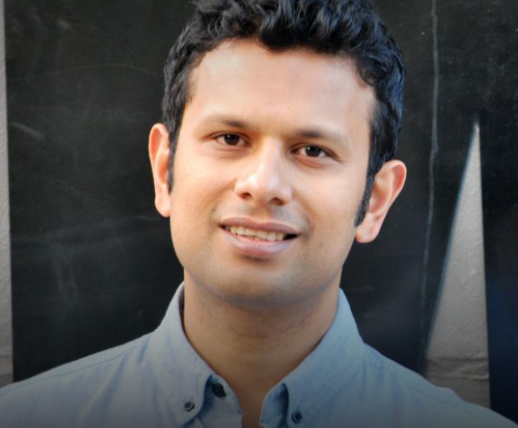
Dr Rajib Rana
Professor of Computer Science, School of Mathematics, Physics and Computing
Academic Members
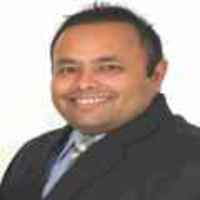
Dr Ravinesh Deo
(Professor)

Jeffrey Soar
(Professor)
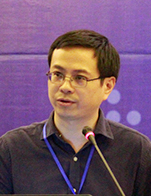
Ji Zhang
(Professor)
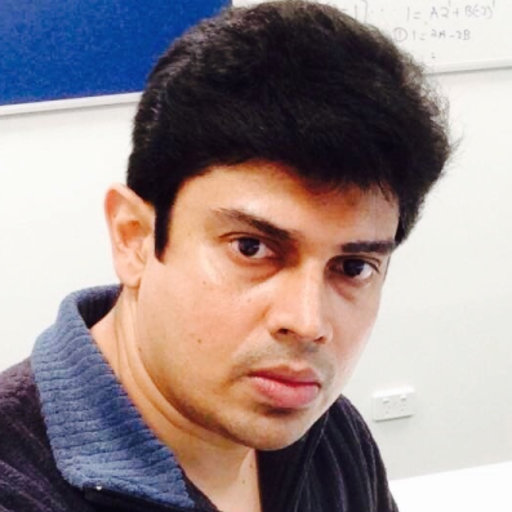
DR Nawin Raj
(Lecturer)

Dr Michael Lane
(Senior Lecturer)
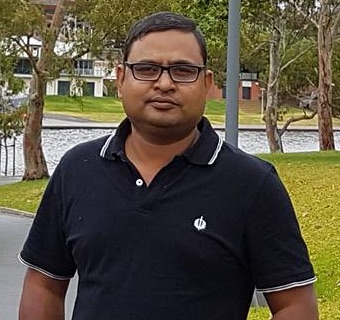
Dr Enamul Kabir
(Senior Lecturer)
Students
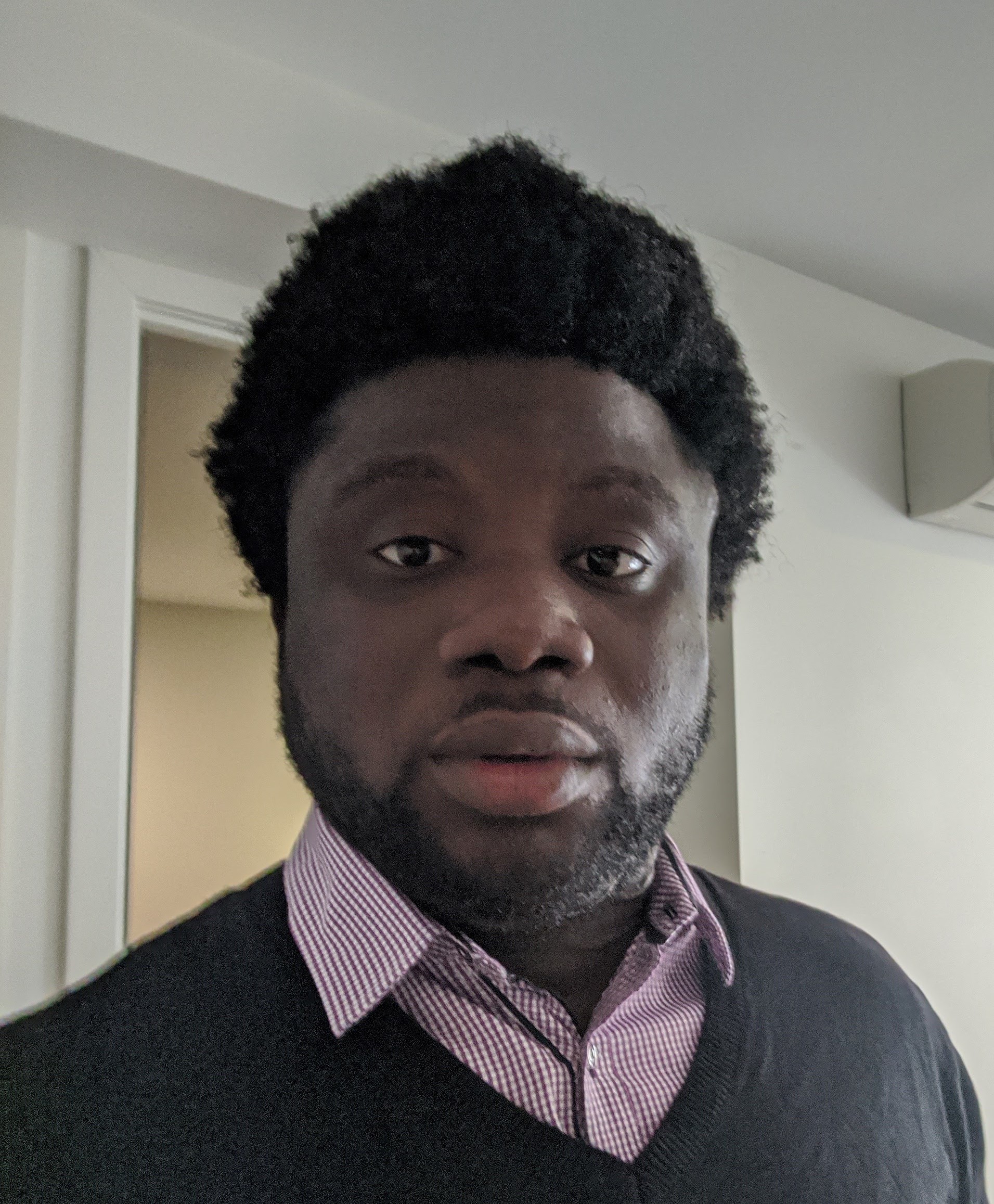
Ilias
PhD Candidate
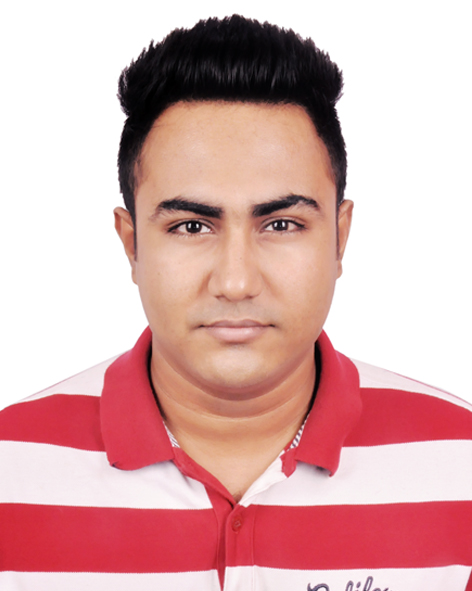
Shezan
Phd Candidate
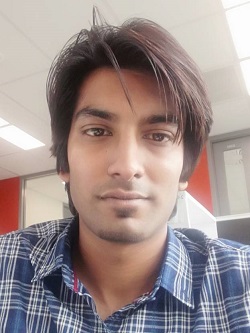
Siddique
PhD Candidate - Completed

Thejan
PhD Candidate

Vipula
PhD Candidate (International Collaboration) - Completed
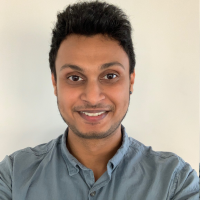
Shamane
PhD Candidate (International Collaboration) - Completed

Zhao Kun
PhD Candidate (International Collaboration)
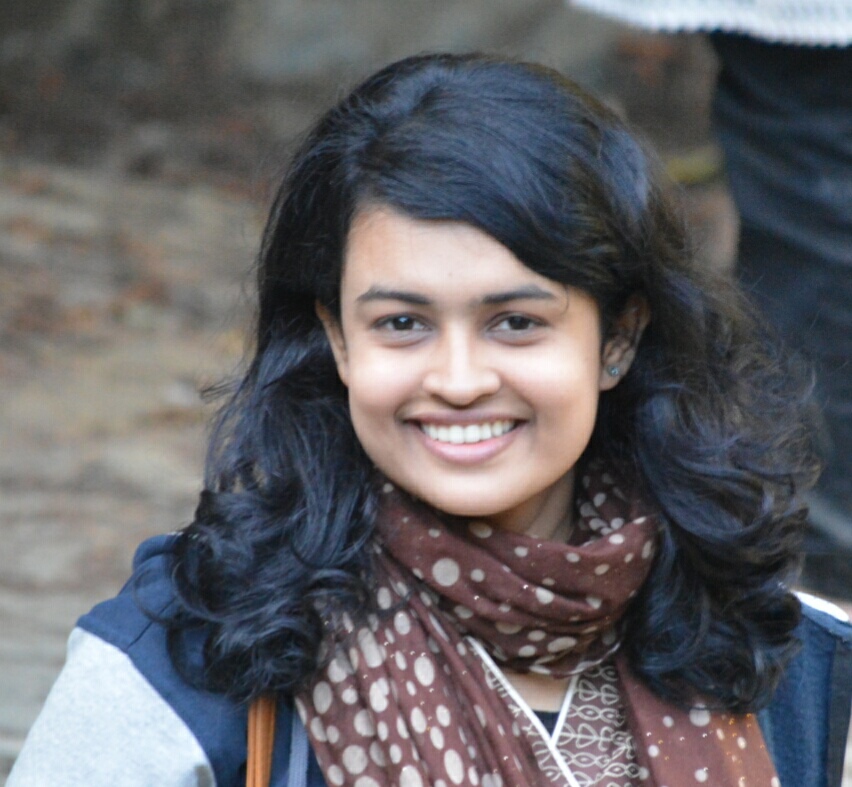
Aditi
Research Masters student
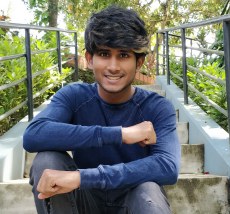
Karthikeyan
Software Engineer
Collaborators
Professor Bjorn Schuller
Professor, Language, Audio, and Music Group, Imperial College London, UK
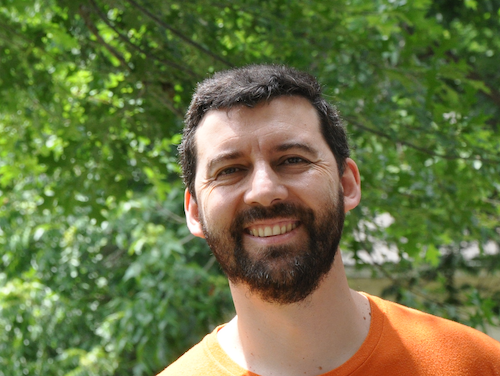
Professor Carlos Busso
Professor and director of the Multimodal Signal Processing (MSP) Laboratory, The University of Texas at Dallas (UTD)
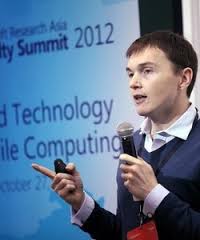
Associate Professor Nic Lane
Associate Professor in the Computer Science Department, University of Oxford.
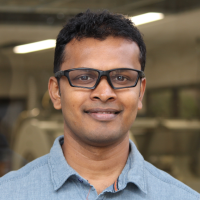
Associate Professor Suranga Nanayakkara
Associate Professor, Auckland Bioengineering Institute, the University of Auckland
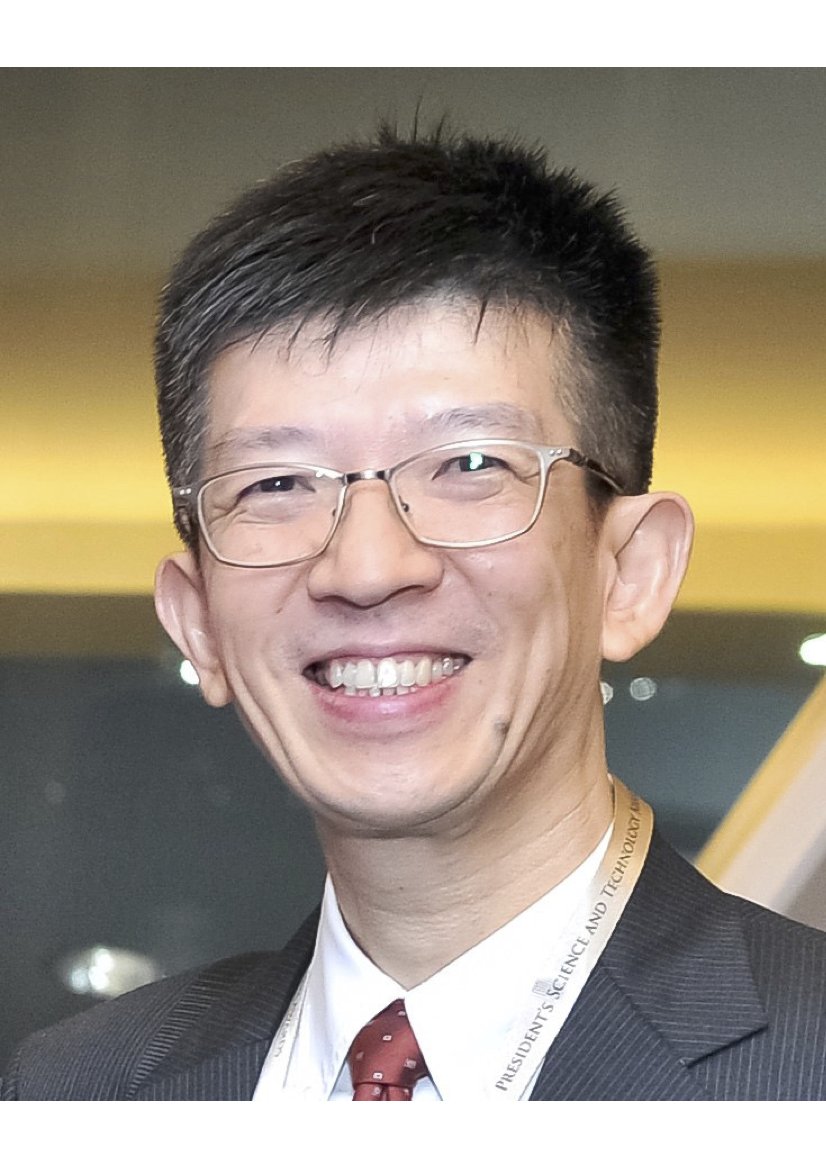
Professor Haizhou Li
Lecturer in AI for speech analysis, Kings College London.

Dr Nicholas Cummins
Professor at the Department of Electrical and Computer Engineering, National University of Singapore (NUS), Singapore.
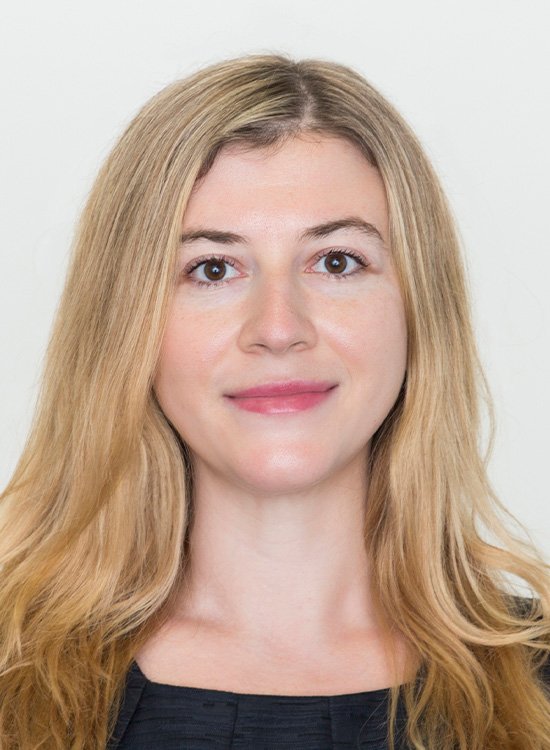
Dr Berrak Sisman
Assistant Professor at the Singapore University of Technology and Design (SUTD)

Professor John Hansen
Founder and Director of the Center for Robust Speech Systems, Distinguished Chair in Telecommunications, The University of Texas at Dallas (UTD)

Professor ANDREW WHITEHOUSE
Director, Autism Research, Telethon Kids Institute, Autism, CRC

Sarah Khalifa
Senior Research Scientist, CSIRO’s Data61

Niall Higgins
Nurse Researcher, Queensland Health

Professor JULIEN EPPS
Professor, Digital Signal Processing, UNSW, Sydney
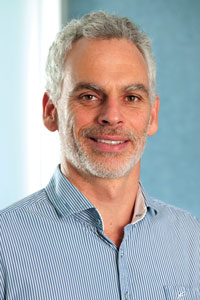
Professor MICHAEL BREAKSPEAR
Head, Systems Neuroscience Group, QIMR
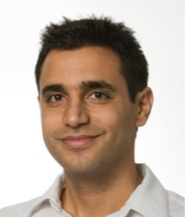
Professor RAJA JURDAK
Professor of Distributed Systems & Chair in Applied Data Sciences, QUT

Professor ROLAND GOECKE
Leader, Vision Sensing Group, University of Canberra
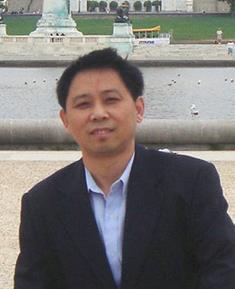
Professor XUE LI
Big Data Expert, UQ

Professor NEIL BERGMANN
Chair in Embedded Systems, UQ

Professor GERALD HUMPHRIS
Chair in Health Psychology University of St Andrews

A/Professor JOHN REILLY
Medical Director, Townsville Hospital Mental Health Service Group, Queensland Health
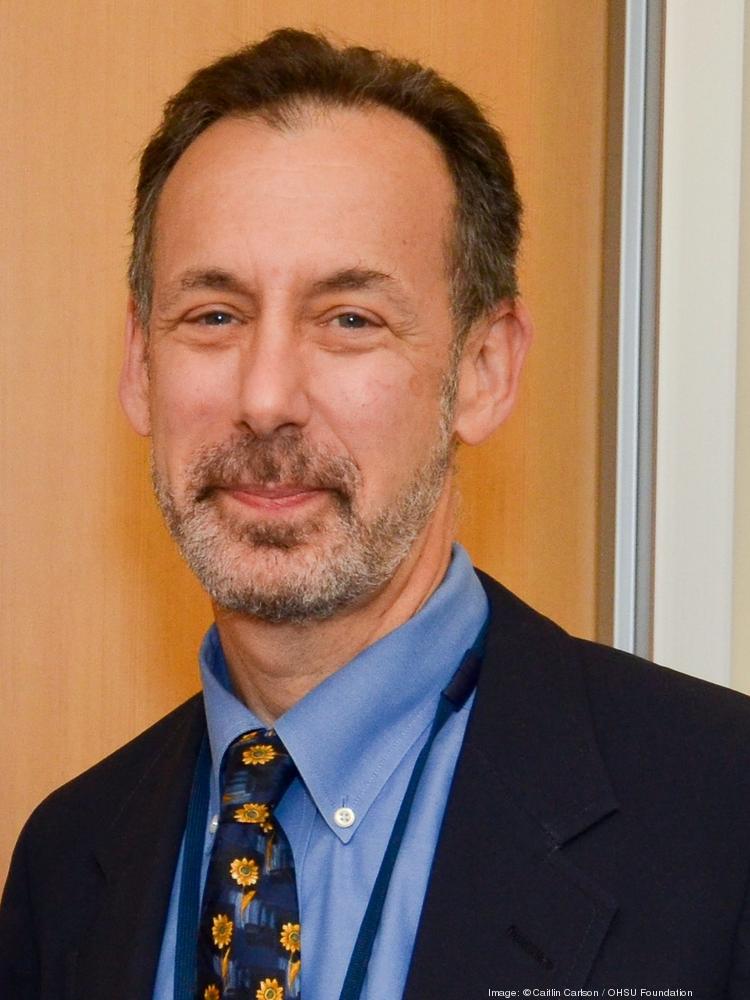
Professor JEFFREY KAYE
Director, Layton Aging and Alzheimer's Disease Center, Director, Oregon Center for Aging and Technology (ORCATECH), Oregon Health and Science University, USA

DR PETER JACOBS
Director, Jacobs Lab, Oregon Health and Science University, USA
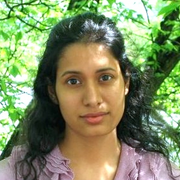
A/Professor NIRUPAMA BULUSU
Associate Professor, Computer Science @ Portland State University, USA.
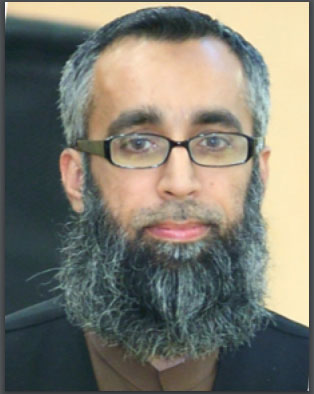
Professor JUNAID QADIR
Associate Professor, Information Technology University, Punjab, Lahore
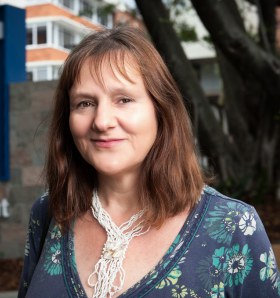
Professor MARGOT BRERETON (QUT)
Professor - Computer Human Interaction

Professor DAVID KAVANAGH
PROFESSOR, QUT
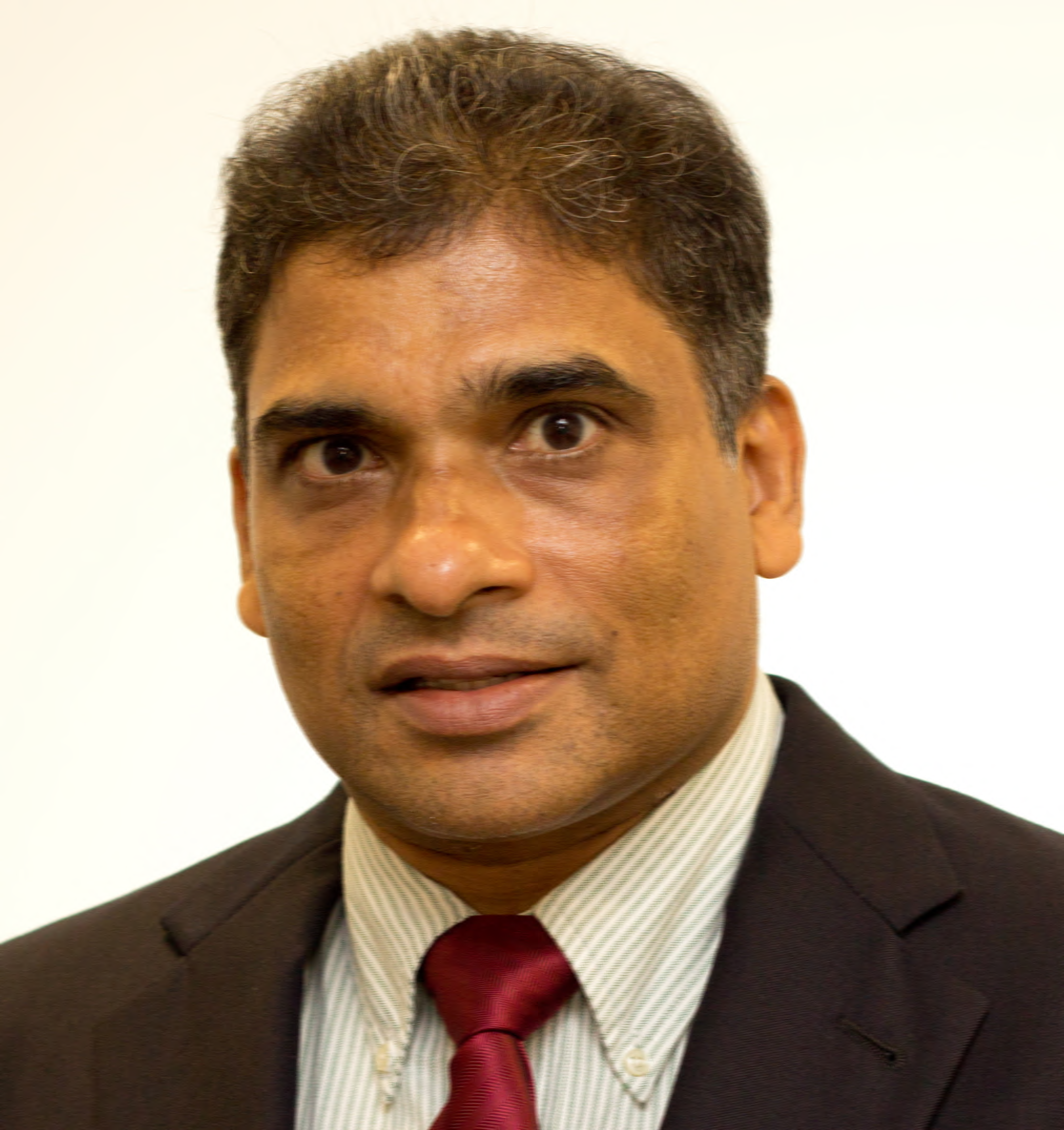
Professor JAGATH RAJAPAKSE
PROFESSOR, Nanyang Technological University (NTU), Singapore
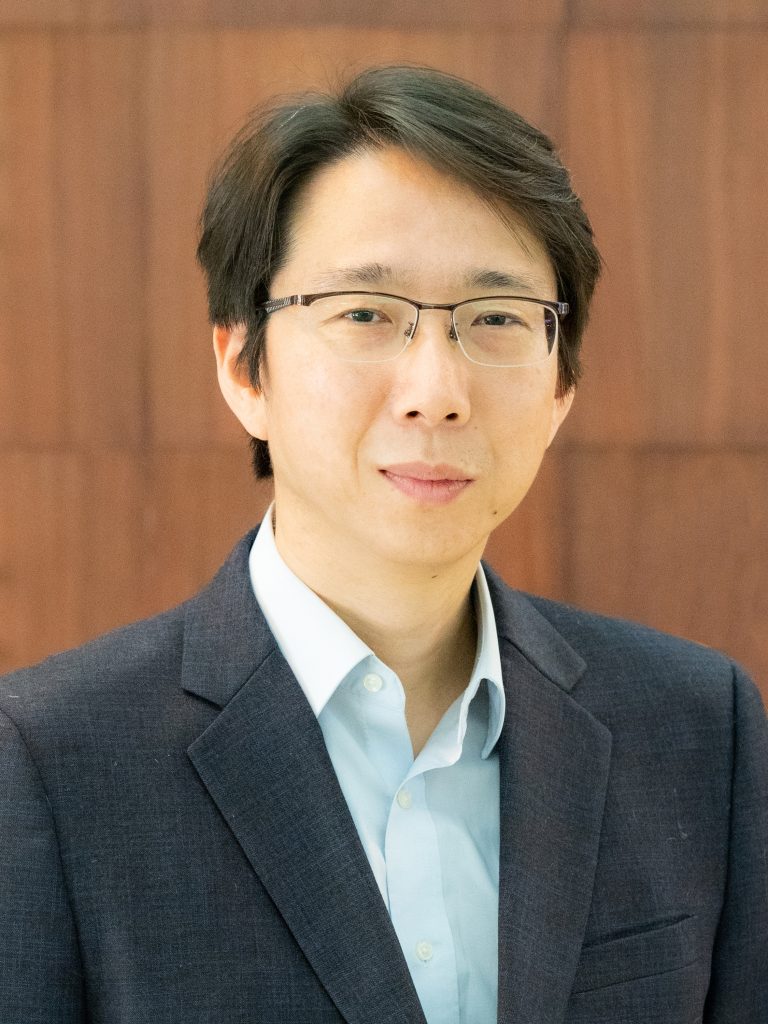
Professor JONG WON SHIN
PROFESSOR, Gwangju Institute of Science and Technology (GIST)
Our Alumni
Students who have worked with us on different projects
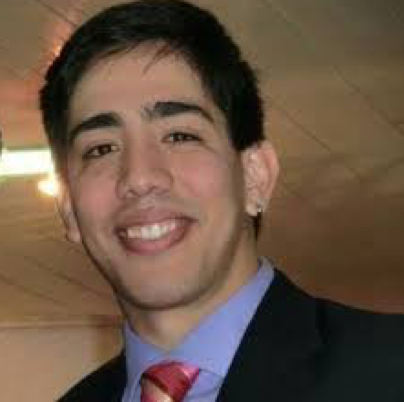
Bruno Kosawa
Android Developer, OLX Brazil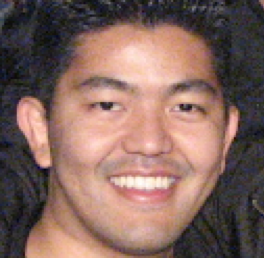
Davis Une Miyashiro
Android Developer, Qudini Ltd, London, UK
Karthikeyan Doraisamy
Systems Engineer, Akamai, India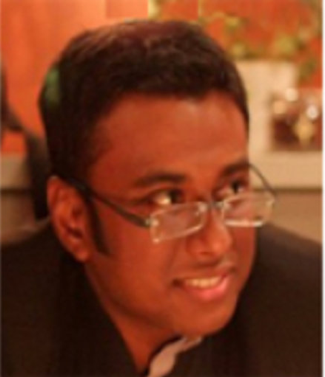
Sajib Saha (PhD, UNSW)
Research Scientist CSIRORecruitment
IoT-Health is very focused on the listed projects and research areas. Please review these before writing to us and attach a detailed CV, transcripts and/or software engineering portfolio. We look for two types of skills (1) Strong research profile in the listed research areas (2) Strong software engineerning skills in Deep Learning/Machine Learning.
Office: B341
Institute of Resilient Regions
University of Southern Queensland
Cnr Education City Drive
Springfield, QLD 4300
rajib.rana@usq.edu.au
+61 7 3470 4234
